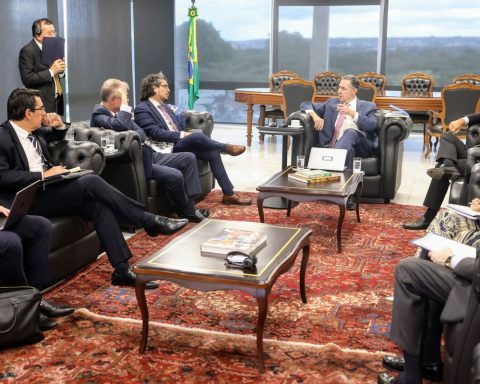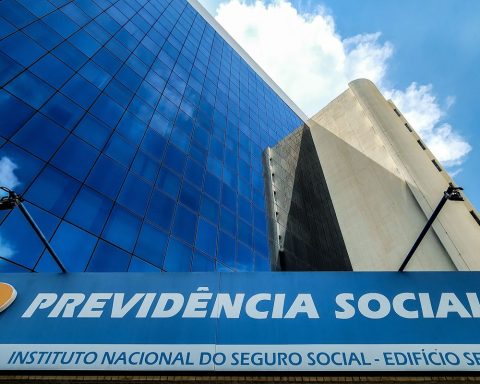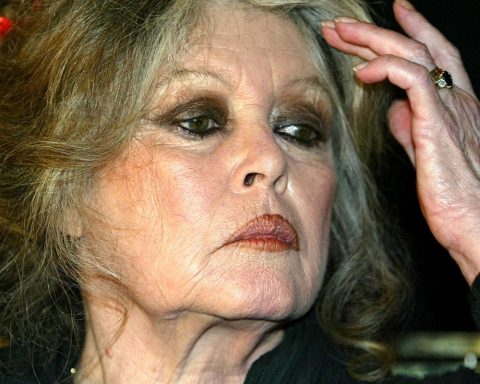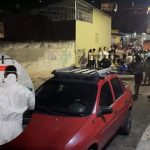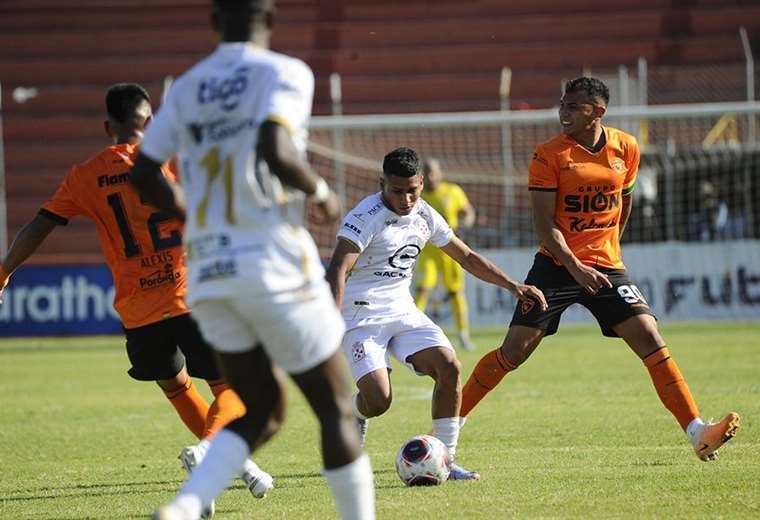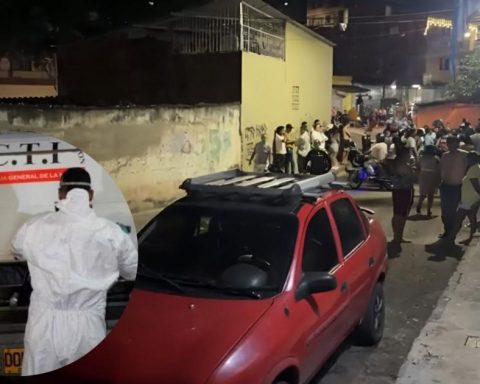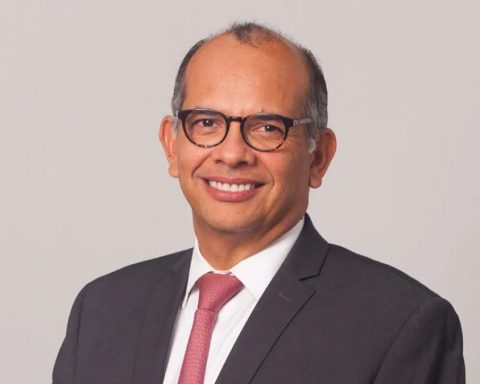The Banco do Brasil Cultural Center in Rio de Janeiro (CCBB RJ) will host the ARL Vida e Obra exhibition, by Rio Grande do Norte painter and photographer Antônio Roseno de Lima, who transformed trash into art, starting on Wednesday (4). The exhibition, which has already been to São Paulo, Belo Horizonte and the Federal District, will be in Rio de Janeiro until October 28. The exhibition is open to all ages and can be visited from Wednesday to Monday, from 9 am to 8 pm. 
The artist left his hometown of Alexandria (RN), where he was born in 1926, and went to the state of São Paulo, leaving behind his wife Cosma and five children, with the goal of having a better life. He began living in a community in the city of Campinas, where he met his second wife, Soledade, who stayed with him for 40 years. There, the artist developed and created his own art. He died in 1998. His art was considered art brut, a French term created by Jean Dubuffet to designate art produced free from the influence of official styles and impositions of the art market, which often uses new and unlikely materials and techniques.
Start
In Campinas, Roseno took a photography course and began working from the black and white photographs he took, said the exhibition’s producer, Amanda Grispin. “He began to make changes to the photographs, to color them, and then he moved on to painting. He had no academic training in the arts, no technique whatsoever, but he began, of his own free will, to express everyday things through art. Everything became a medium for painting: leftover paint cans, leftover chair scraps. He turned everything he found in the trash into a canvas so he could paint.”
In 1988, according to Amanda Grispin, the artist Geraldo Porto met him at an antiques fair at the Centro de Convivência Cultural de Campinas, selling objects and paintings. “At that moment, Geraldo Porto was certain that he was “in front of a rare artist”, said the producer.
Amanda Grispin said that what caught the attention of the artist Geraldo Porto was the fact that Roseno used a complete support. In front was the painting and behind was a series of information that the artist considered important, such as founding dates of events or places, holy cards, banknotes, as well as individual or abbreviated words.
“He was semi-literate and lived in the outskirts. What he could write was copy. He gave people works of art and candy in exchange for this writing,” said Amanda Grispin.
Roseno signed his name ARL because he had difficulty writing. As payment for some of his paintings, he received encyclopedias, from which he obtained dates for the founding of states, for example. “Everything was important for him to express on the painting, on the back of the support,” explains Amanda.
Among the more than 90 works that the public will be able to see on the second floor of the CCBB RJ, curated by Geraldo Porto, is the Presidents series. “For him, notable personalities from various sectors were presidents. He took from encyclopedias several names of people who were not, in fact, presidents of Brazil, but who, for him, represented something notable. One of the highlights was Alberto Santos Dumont, the Father of Aviation, for whom the artist had great veneration. And also for flying. His dream was to fly.”
Hence, Roseno’s famous phrase that appears in the exhibition: “I wish I were a little bird so I could see the whole world”.
Life and Work
The exhibition is divided into the artist’s life and work. The first part displays his early photographs. The part that includes the Presidents series includes paintings of drunkards, women and saints, cutouts of the city that he also drew, and flowers, fruits and animals.
Three 3D reproductions will be available to the public, aiming to facilitate accessibility for people with visual impairments. To ensure access to a greater number of visitors, the exhibition features QR Codes on the identification cards of all of its paintings, enabling audio description of each one. There are also two installations with projections. One of them shows images of the artist, his life and the events he photographs in the city, such as weddings and graduations. The other installation features works by Roseno in motion.
Amanda Grispin highlights the interesting phrases that Roseno used on the paintings in the exhibition. He always wrote on the back of the paintings “This drawing was founded in 1961”, a date that he considered to be the beginning of his artistic career as a painter and photographer and which coincided with the photography course he took with a Spanish painter in São Paulo. He also placed little notes on the back of the paintings. Written in a variety of letters, these notes gave information about the materials, the creative process, the execution, and the conservation of the painting, and advised: “Whoever picks up this drawing should keep it with care. You can wash it. Just don’t scratch it. It will be for your children and grandchildren. With care, it will last for half a century.” Amanda stated that “several of his paintings have these interesting phrases”.
The executive producer recalled that in the 1990s, when Geraldo Porto began taking Roseno to art gallery exhibitions, news reports appeared in the media that the artist had some kind of mental disorder. “He was very upset and began to also say on the back of the paintings that he was a very intelligent man.”
Geraldo Porto curated Roseno’s first exhibition at the Casa Triângulo Contemporary Art Gallery in São Paulo in 1991. Soon after, a German television channel ran a story about Roseno that was broadcast throughout Europe during Documenta in Kassel, one of the largest and most important exhibitions of contemporary art and international modern art, which takes place every 5 years in the city of Kassel, Germany. The artist died in 1998, when many of his works were already in collections in Brazil and abroad.
Another part, which had remained with Roseno’s family in Campinas, ended up being discarded by the family members themselves, who asked the city hall truck to throw the paintings away.


